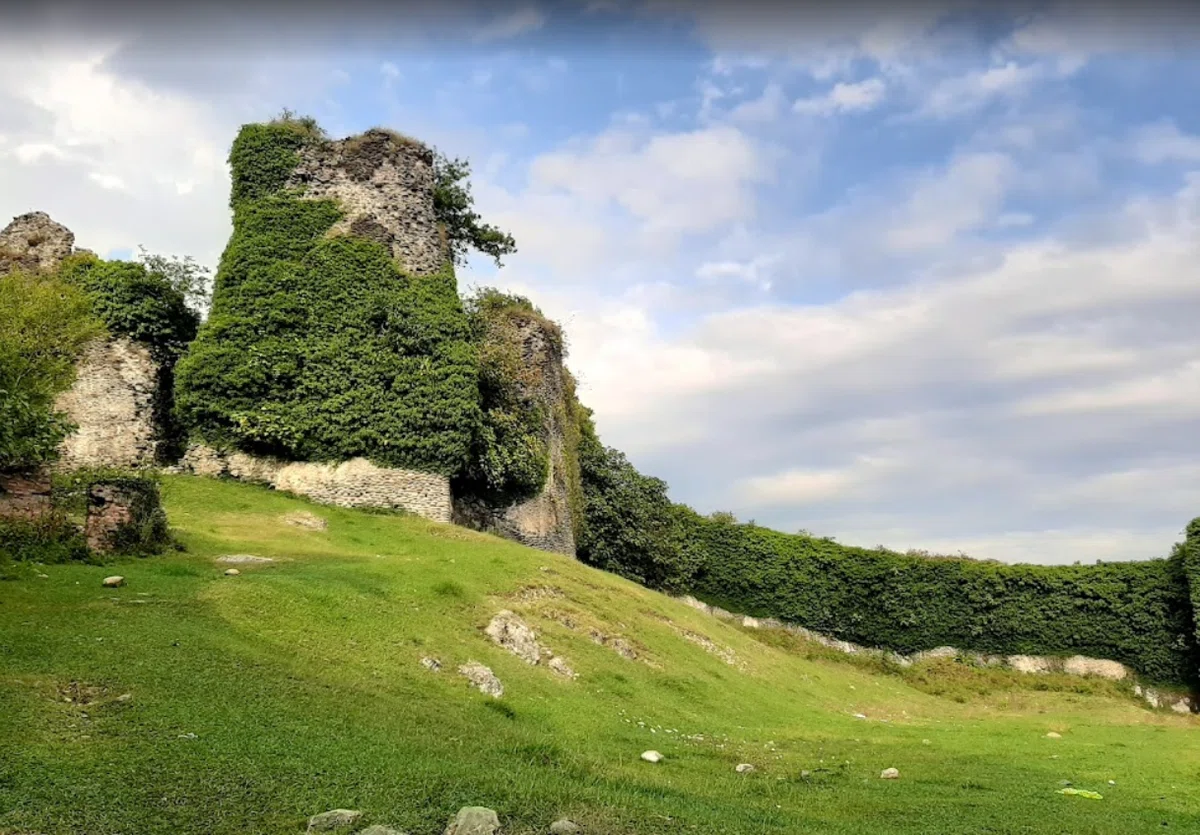
Natural monuments of Georgia. The famous Rukh Fortress is the most fortified structure of King David.
Georgia has been under attack for thousands of years. The battle fortresses were so strong that they have been preserved to this day. Your attention is drawn to the most significant building of Tsar Dadiani - the Rukh fortress. Find out what role she played during the wars. Get to know ancient Georgia with the Madloba catalog!
Around the Rukh fortress, fortified with powerful walls and towers, the Rukh River flows from three sides. There are suggestions that the riverbed was artificially changed to enhance the inaccessibility of the structure.
Rukh Fortress is the largest and most significant fortification of the Dadiani family (100 x 80 m). It is located on the left bank of the Inguri River, on the territory of the village of Rukhi (Zugdidi municipality).
The construction of the fortress is associated with the name of Levan II Dadiani – the Sovereign Prince of Samegrelo, "ruler of all Georgia" (as he called himself). Levan II Dadiani ruled the region for 46 years and throughout this time he was relentlessly striving to expand and strengthen his possessions. The Italian missionary Archangelo Lamberti wrote: "If Levan II Dadiani had been brought up in our educated country, if he had received knowledge from our best mentors, none of the rulers would have been comparable to him."..
Levan Dadiani did not limit himself to building a fortress, he settled merchants from Imereti here and turned Rukhi into one of the centers of the region. The Rukh fortress played a significant role during the Georgian-Ottoman War, as well as the Crimean War.
The fortress is surrounded by strong defensive walls 12 meters high. These are almost solid walls, only in the upper part there are battle trails. The fortress itself consists of two parts - the citadel and the courtyard. Both parts are fortified with towers. The entrance is located in the lower courtyard and consists of two parts. The first door is fixed on the outer line and is locked with a large latch. The second door, also with a large bolt, is located on the middle line. B) pilasters. The elongated citadel is located on the northern section of the fortress. The largest 4-storey tower was the donjon (main tower) of the fortress. The garrison was equipped with artillery weapons. Information about the fortress is available in the works of historians Vakhushti Bagrationi and Gorgidzhanidze, in a lengthy inscription on the icon of the Khona Church (dated 1636), in the inscription of the Ilora icon, in the notes of the French traveler Jean Chardin, etc.

See all the sights of Georgia
-
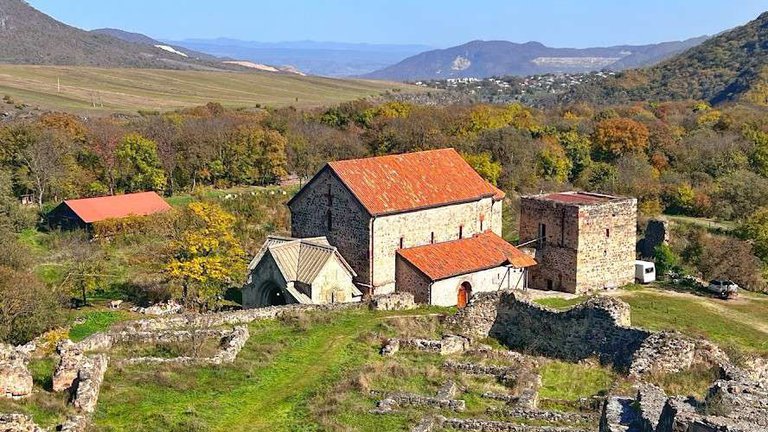
🏰 Dmanisi Sioni: An architectural wonder and an important religious center of Georgia 🌍
Sights of GeorgiaThe Dmanisi Cathedral of the Mother of God is one of the oldest churches in Georgia, buil…
-

🔮 Church of the Ascension in Ozaani: History, frescoes and architectural features of one of the most interesting sights of Georgia!
Sights of GeorgiaVisit the unique church in Ozaani! Find out how to get there, what to take with you, wher…
-

Besletsky Bridge in Abkhazia: Legends, Secrets and How to Get to This Ancient Miracle
Sights of GeorgiaHow to get to the Besletsky Bridge in Abkhazia? Where to spend the night, what to take wi…
-
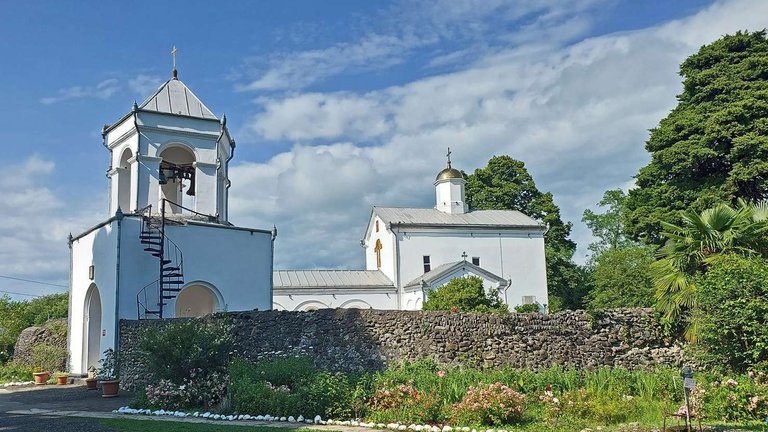
Ilori Temple in Abkhazia: Tragedy of Restoration, Disappeared Relics and Secrets Shrouded in Darkness
Sights of GeorgiaFind out everything about the Ilori Temple in Abkhazia: how to get there from different c…
-
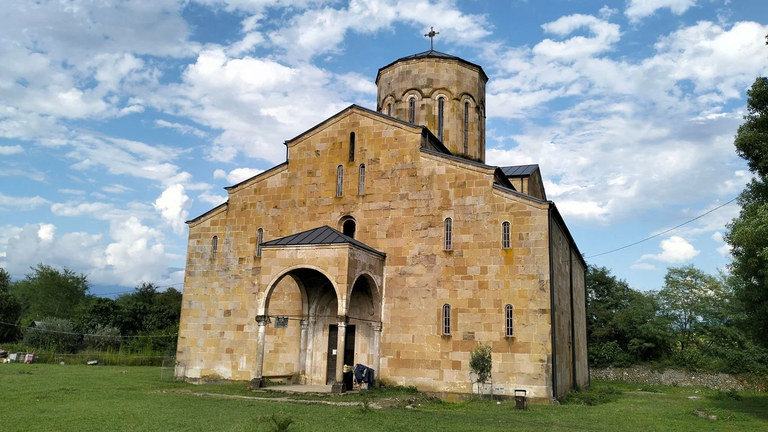
A place that defies restoration: why is the Mokva Cathedral in Abkhazia called cursed and sacred at the same time?
Sights of GeorgiaPlanning a trip to Abkhazia? Don't miss the Mokva Cathedral, one of the most ancient chur…
-
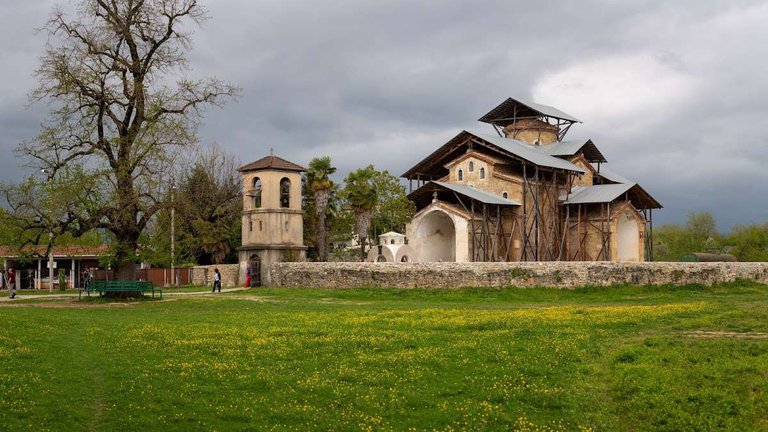
The Lykhny Church of the Dormition of the Blessed Virgin Mary is a 10th century mystery that is worth revealing!
Sights of GeorgiaFind out how to get to the temple, what to see nearby, where to eat and stay, and what sp…
-

Dranda Cathedral of the Dormition of the Blessed Virgin Mary - Find out what one of the oldest temples in Abkhazia hides
Sights of GeorgiaFind out what the Dranda Cathedral in Abkhazia hides behind it! 🌍 Discover the mysterious…
-
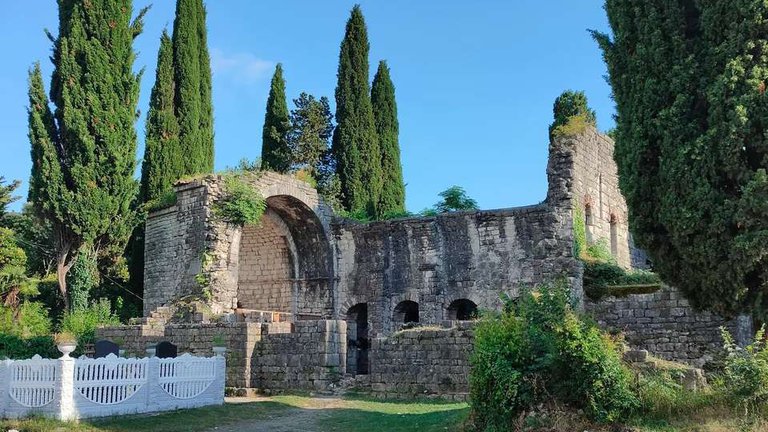
Tsandripsh Basilica: a unique Byzantine temple in Abkhazia that you must see!
Sights of GeorgiaThe Tsandrypsh Basilica is one of the most mysterious and unique sights of Abkhazia. Lear…












37 comments
Log in to leave a comment
нуть на эту крепость и на события которые происходили здесь во времена Ливана ll Дадиани.Неужели сохранились двери,засовы, о которых пишет
автор.Я с великим удовольствием, при возможности побываю в этих местах.История и природа всегда больше всего интересуют меня.Я люб-
лю читать исторические очерки.Спасибо Дарье за очередной, интересный рассказ.
Крепость состоит из двух частей - цитадели и двора. Высота стен 12 метров.
Леван Дадиани не ограничился строительством крепости, и превратил Рухи в центр, поселив сюда купцов.